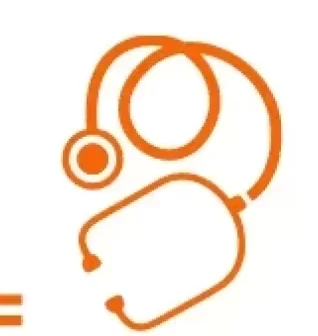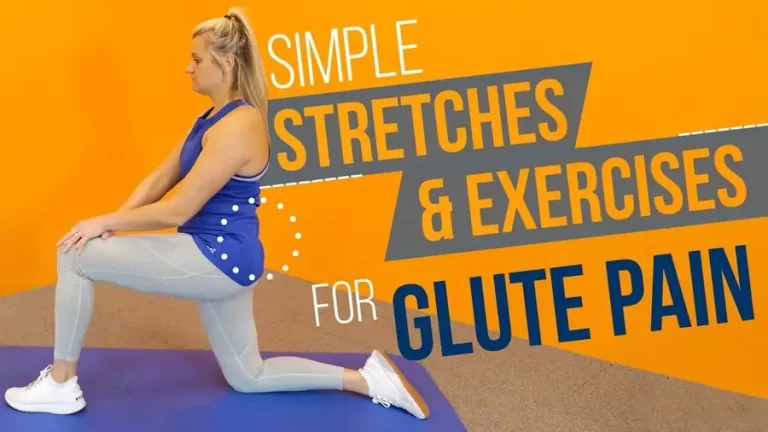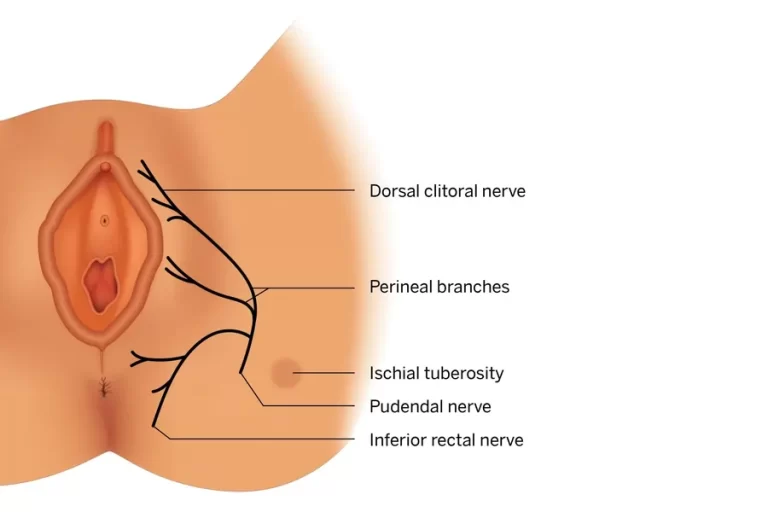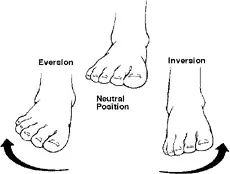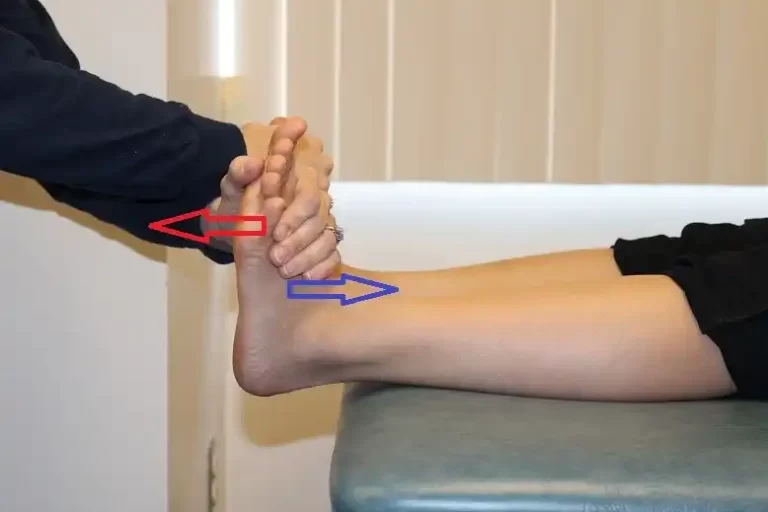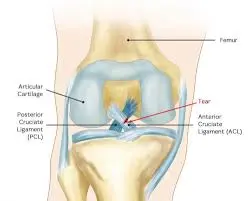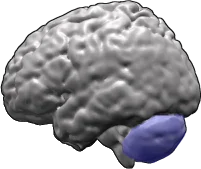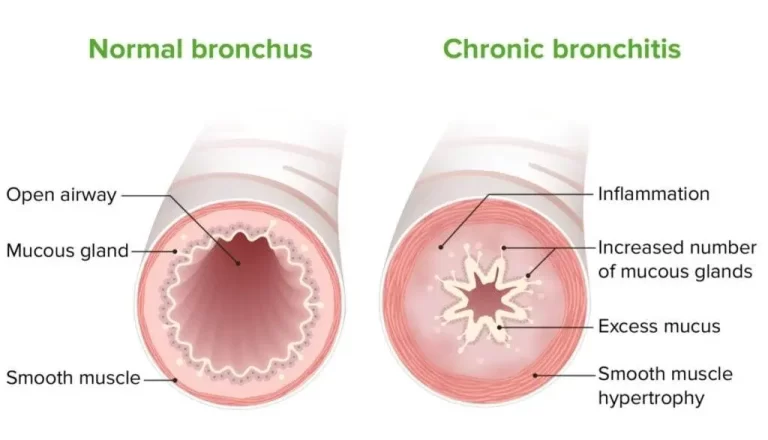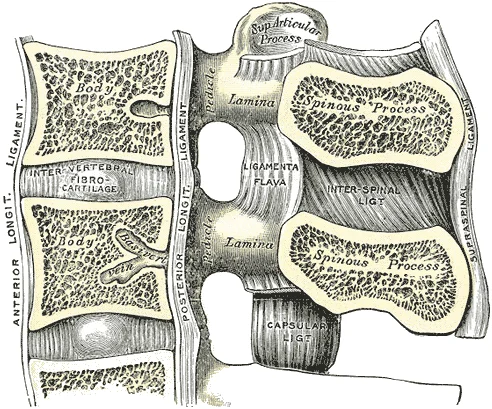16 Best Exercises for Gluteal Pain
Introduction: The term “gluteal pain” describes any stiffness, hurting, or pain in the gluteal region, which includes the buttocks’ muscles, tendons, and tissues. This region is essential for supporting the hips and lower back, promoting mobility, and preserving posture. Gluteal pain has too many causes and is usually managed with rest, medicine, and physical therapy…
